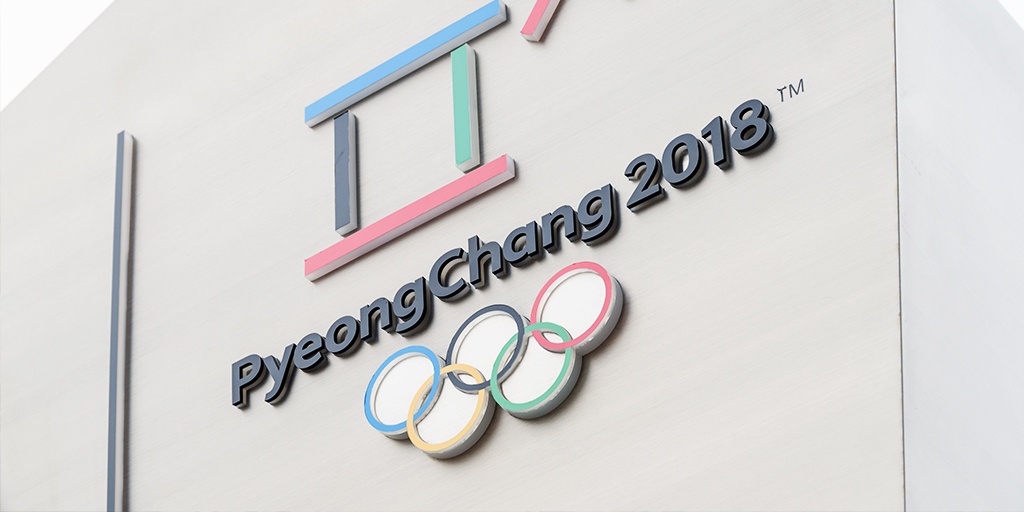The 23rd Winter Olympic Games kicked off on Friday, February 9 with the opening ceremony held at the Pyeongchang Olympic Stadium in South Korea. Of the millions of spectators watching the 102 events live and virtually, many wonder, what happens to these grandiose facilities once the final medal is awarded and the closing ceremony confetti is swept away from the stadium floor?
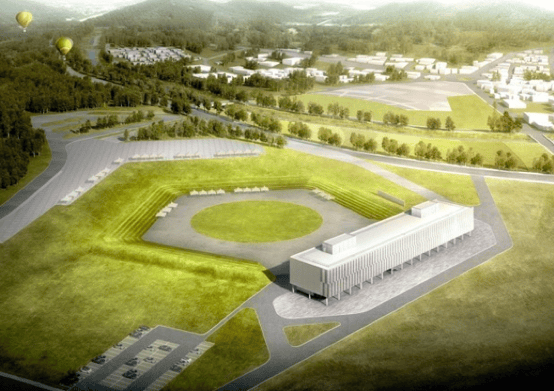
Recently, cities who win the bid for Olympic Games have come to embrace the concept of temporary architecture and build with adaptive reuse opportunities in mind. For example, there are 13 venues for the current Winter Games located in Pyeongchang and the neighboring city, Gangneung. Included in that count is the Olympic Village, which has legacy plans that include turning the current accommodation structure into condos. These condos have already been sold and an express train line will improve tourist access to the entire region from Seoul.
The Pyeongchang Olympic Stadium was purposely designed to be temporary and following the games, it is planned to be adapted into an Olympic Memorial Hall. The Pyeongchang Olympic Stadium currently has a capacity of 35,000 people. After deconstruction, the capacity will be reduced to 5,000 to 10,000 seats, decreasing maintenance costs and lessening the risk of it becoming a white elephant
(Image 1: A rendering of plans after the stadium is dismantled, leaving an office building to become an Olympic memorial hall. Photo Credit: Pyeongchang Winter Olympic Games Organizing Committee.)
Adaptive reuse is becoming more commonplace among Olympic Game structures, but it isn’t a new realization. There are several examples where host cities focused on adaptive reuse from the beginning stages of construction and were able to successfully repurpose the building into a venue that can live on for continual enjoyment and utilization.
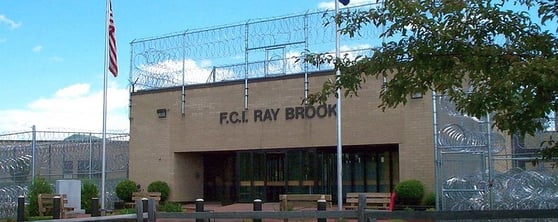 1980 Winter Olympics – Lake Placid, NY
1980 Winter Olympics – Lake Placid, NY
Having hosted the 1932 Winter Olympics, Lake Placid had nearly all the required infrastructure needed for a stadium. Although the facilities were modernized and repurposed for the 1980 Olympic Winter Games, that’s not the reason Lake Placid appears at the top of our list of examples of adaptive reuse of Olympic facilities.
Following the terrorist attack on Israeli athletes at the Munich Olympic Summer Games in 1972, there was an extreme focus put on increasing security in the design and infrastructure of Olympic Villages. The 1980 Winter Games Olympic Village was built to include that added security, making it a natural fit to be repurposed into a federal medium-security prison. The facility is still in operation under the Federal Bureau of Prisons and currently houses 700 inmates.
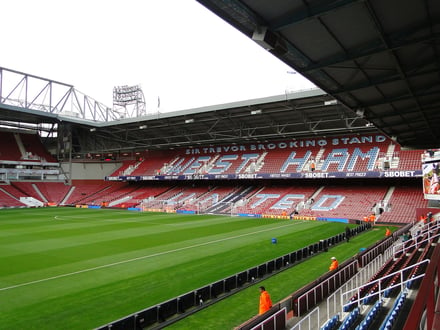 2012 Summer Olympics – London
2012 Summer Olympics – London
The Olympic Stadium for the 2012 Summer Games cost $700 million to build and had an 80,000-seat capacity. During its original construction, it was designed with a temporary upper tier that when removed, reduced the seating capacity to a more manageable and versatile total of 25,000. Following the games, the stadium was transformed into a soccer stadium for West Ham United.
The Olympic Village for the London Summer Games was transformed into 3,000 high-end condos and has a 95% occupancy rate. The area of London, which is now called East Village, is seeing several retailers moving in and the development of a playground, outside exercise areas, pubs and restaurants.
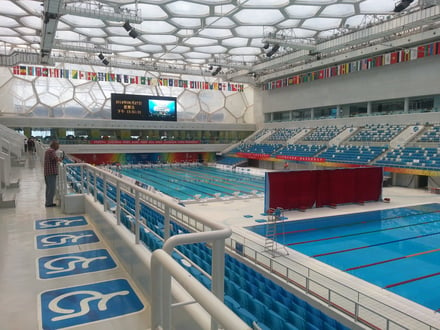
2008 Summer Olympics – Beijing
One of two major venues for the Beijing Summer Games, the Beijing National Aquatics Center, also known as the Water Cube, had a capacity of 17,000 and took 3 years to construct. During its use for the Summer Games, swimmers at the Water Cube broke 25 world records. Following the completion of the 2008 Summer Olympics, the Water Cube was opened to the public on select days of the week. In 2009, it underwent a massive renovation and reopened in 2010 as a water park complete with water rides and slides, a wave pool, and multiple spa areas. The facility will also host the 2022 Winter Olympic Games curling competition.
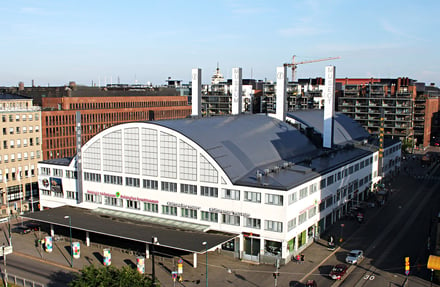
1940 Summer Olympics – Helsinki
Photo Credit: 'Tennispalatsi Helsinki' by Arkkipuudeli under 'CC BY-SA 3.0'
The 1940 Summer Games were originally scheduled to be held in Tokyo, Japan but were rescheduled to be held in Helsinki, Finland before they were ultimately canceled due to the outbreak of WWII.
In preparation for the Summer Games, Helsinki designed and constructed the Tennispalatsi or Tennis Palace. The facility went unused for its original purpose and was instead first used as a basketball venue in the 1952 Summer Olympics. Now, however, it has been transformed into a popular tourist destination as a cultural center with an art museum, cultural museum, and a movie theatre.
As the cost of hosting the Olympic Games continues to increase, host cities and the Olympic Committee continue placing more emphasis on the impact this sporting event has on the economy, environment, and the residents. It’s no longer a question of if these facilities will be considered for adaptive reuse, but instead, it has become an expectation of hosting.


